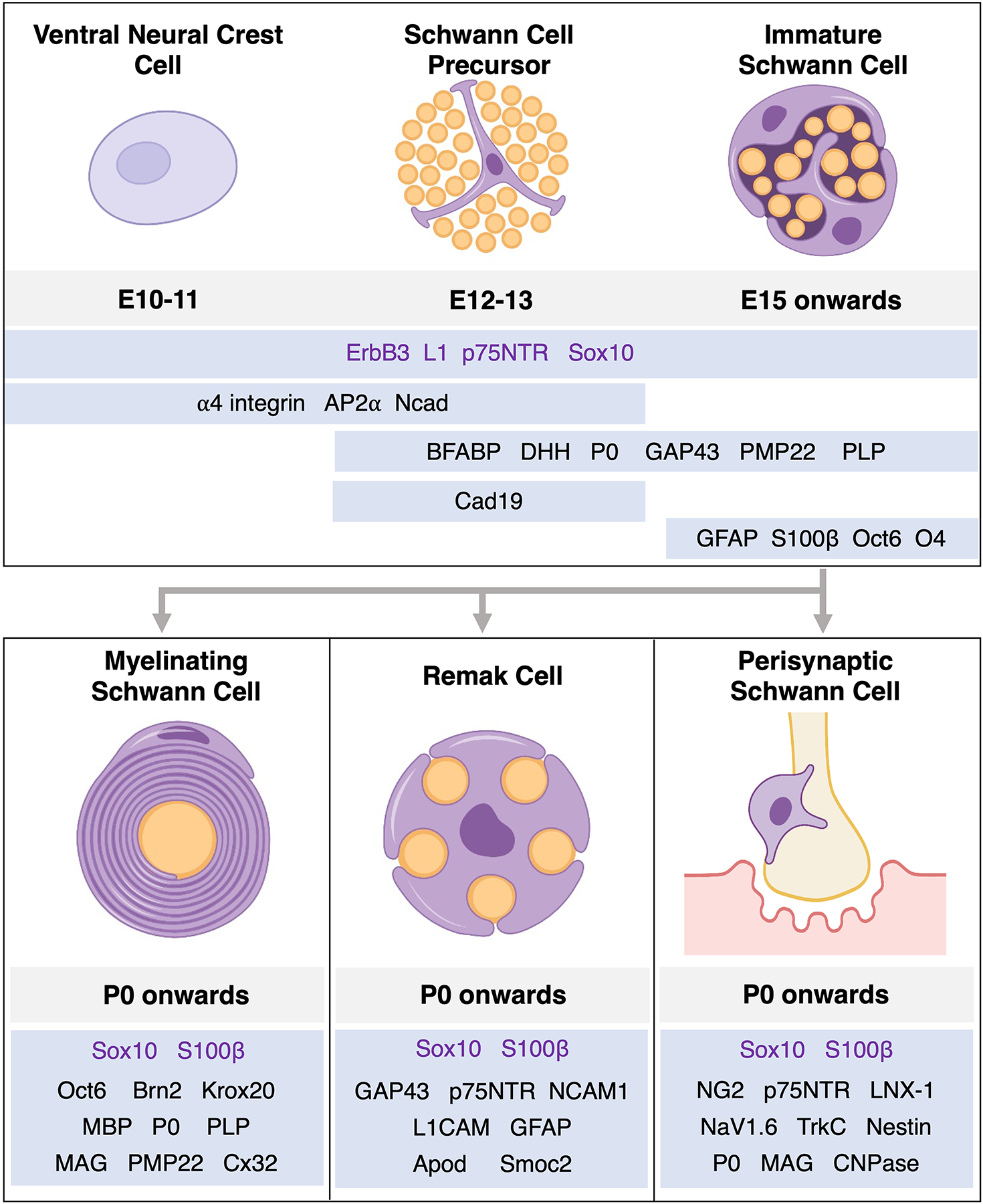Figure 2. Schwann cell development and associated markers.

(Top) Early stages of SC development occur during embryonic stages in mice. Neural crest cells development into mature SCs only after undergoing two well-defined intermediate stages. SCPs are intimately interspersed between axons, relying on axon-derived signaling to survive. Immature SCs begin to express differentiation markers, rely on autocrine signaling for survival, and facilitate the process of radial sorting. (Bottom) Axon-associated signals induce iSCs to differentiate into myelinating and non-myelinating Schwann cells during perinatal and postnatal stages. Each of these differentiation states are thought to be plastic and depend on axon-derived and environmental cues for their maintenance. While expressing distinct combinations of molecules, each of these fates are known to express pan-SC lineage markers Sox10 and S100β.
